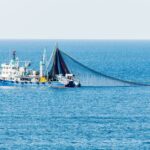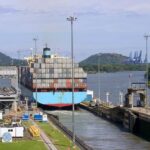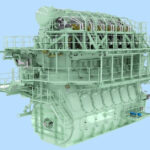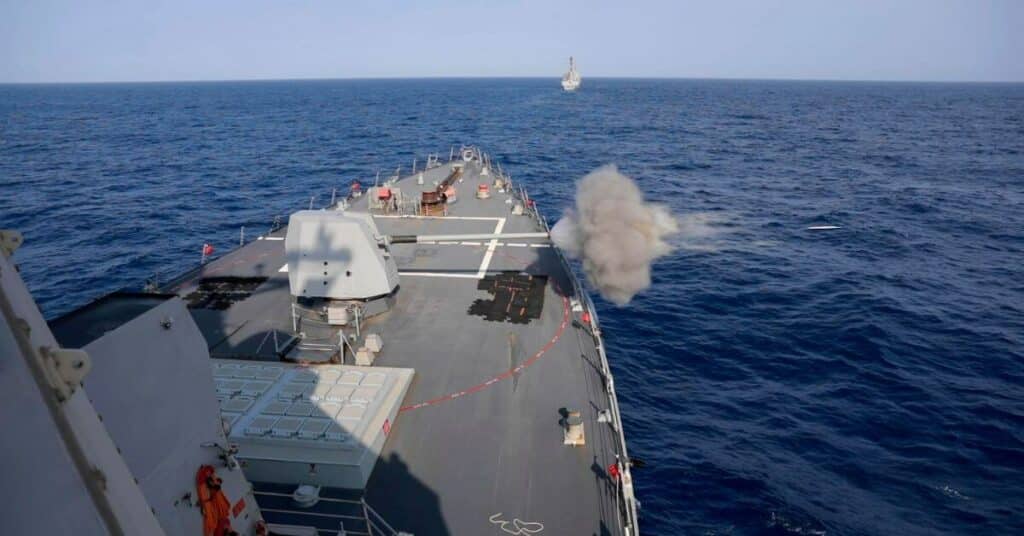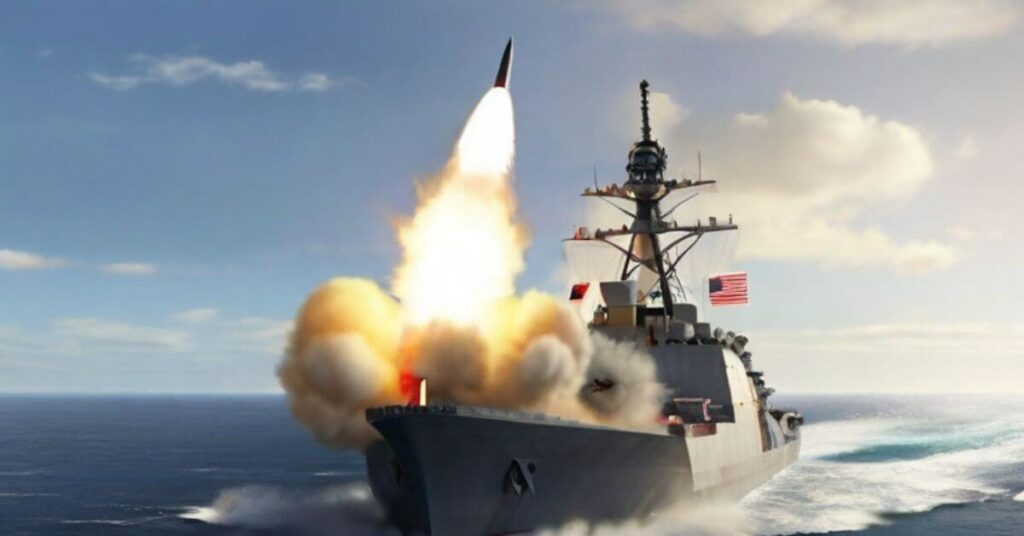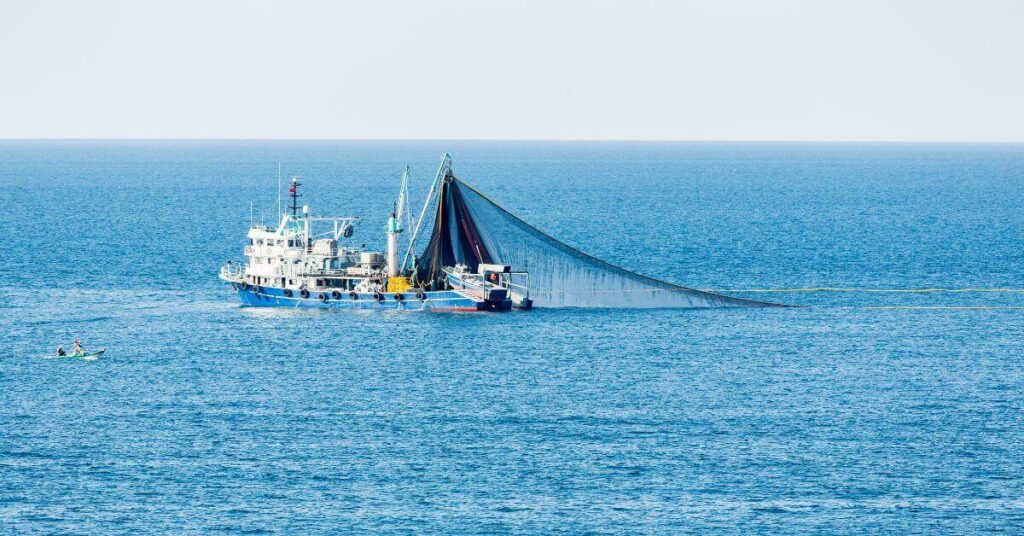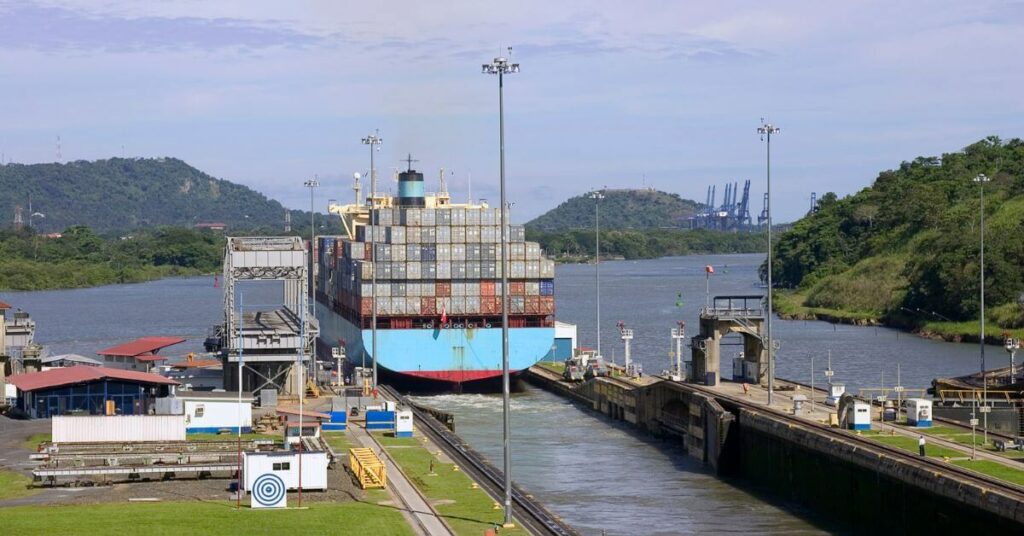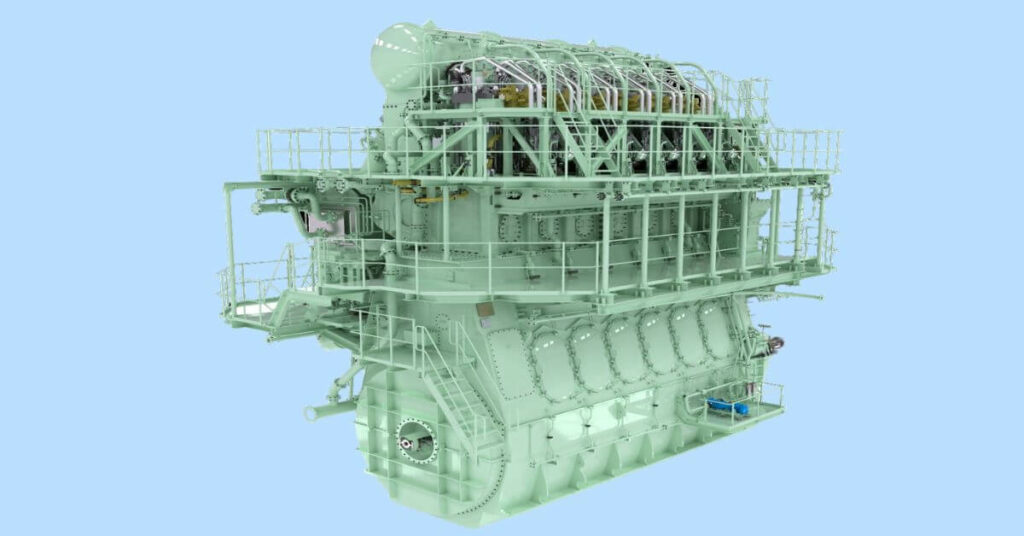Real Life Incident: A Berthing Plan Fails
A bulk carrier was approaching its assigned berth under pilotage. The Master and a helmsman were on the bridge.

The pilot explained his berthing plan to the Master and the Master informed the pilot of the vessel’s manoeuvring particularities, among other things that the vessel was equipped with a left-handed controllable-pitch propeller.
There was a flood current of between one and two knots, with very light winds in the same direction as the flood current. Given these conditions, and that it was daylight with good visibility, it was decided that no tugs were needed for the berthing.
The pilot was monitoring his Portable Pilot Unit (PPU) and providing helm orders to the helmsman and propulsion orders to the Master. From his position, the Master was able to see the ECDIS display.
As the vessel approached the berth it was necessary to turn the vessel to port. At one point the pilot ordered hard to port and the bow thruster to full port. The pilot then asked the Master to reduce speed.
The vessel completed half of its turning circle toward the berth. Its speed at that time was 2.2 knots. Shortly after, the pilot noticed visually and on the PPU that the vessel’s approach trajectory had changed; the predicted trajectory was no longer parallel to the berth as planned, but would result in contact with the berth.
The vessel’s rate of turn had noticeably slowed, and the vessel’s speed had increased to 2.7 knots.
The vessel continued to turn slowly to port as it approached the berth, now at a speed of 3.2 knots. The vessel was now positioned in such a way that the forward part of the vessel was lined up with the berth, while the aft part of the vessel extended past the berth.
The vessel continued to advance toward the berth at a speed of about three knots, but had stopped turning to port. Collision with the berth was now unavoidable, and the pilot ordered the Master to set the propeller pitch to full astern; however, the Master had already done so shortly before hearing the order.
Shortly afterwards the vessel’s starboard bow hit the berth at a speed of 2.1 knots, striking between two pneumatic floating rubber fenders at an angle of approximately 30°. One of the berth’s D- shaped rubber fenders punctured the vessel’s starboard bow. After the impact, the pilot asked the Master to complete the docking.
The official investigation found, among other things, that:
The flood current acted against the port turning moment, reducing the vessel’s rate of turn. Consequently, the vessel was not parallel to the berth as it made its final approach.
As a result of the incomplete turn to port and the combined effect of the current and wind, the vessel approached the berth at a speed of about 3 knots, limiting the time available for the crew to take effective corrective action to prevent the vessel from striking the berth
Lessons learned
Bridge team members must consistently communicate to establish a shared understanding of a vessel’s status, and to ensure that crucial manoeuvres for safe navigation are adequately planned, coordinated, and executed.
If a passage plan does not include a realistic berth approach that integrates actual conditions and vessel characteristics, there is a risk that bridge team members will not establish a shared mental model and therefore be unable to effectively monitor and anticipate the vessel’s progress during the berthing manoeuvre.
Even when wind and current conditions are seemingly benign, berthing a large bulk carrier without tugs is a tricky affair, especially turning across a current and then having it astern.
Reference: The Nautical Institute
Disclaimer :
The information contained in this website is for general information purposes only. While we endeavour to keep the information up to date and correct, we make no representations or warranties of any kind, express or implied, about the completeness, accuracy, reliability, suitability or availability with respect to the website or the information, products, services, or related graphics contained on the website for any purpose. Any reliance you place on such information is therefore strictly at your own risk.
In no event will we be liable for any loss or damage including without limitation, indirect or consequential loss or damage, or any loss or damage whatsoever arising from loss of data or profits arising out of, or in connection with, the use of this website.
Disclaimer :
The information contained in this website is for general information purposes only. While we endeavour to keep the information up to date and correct, we make no representations or warranties of any kind, express or implied, about the completeness, accuracy, reliability, suitability or availability with respect to the website or the information, products, services, or related graphics contained on the website for any purpose. Any reliance you place on such information is therefore strictly at your own risk.
About Author
Marine Insight News Network is a premier source for up-to-date, comprehensive, and insightful coverage of the maritime industry. Dedicated to offering the latest news, trends, and analyses in shipping, marine technology, regulations, and global maritime affairs, Marine Insight News Network prides itself on delivering accurate, engaging, and relevant information.

About Author
Marine Insight News Network is a premier source for up-to-date, comprehensive, and insightful coverage of the maritime industry. Dedicated to offering the latest news, trends, and analyses in shipping, marine technology, regulations, and global maritime affairs, Marine Insight News Network prides itself on delivering accurate, engaging, and relevant information.
Do you have info to share with us ? Suggest a correction
- U.S Navy Fired $1 billion In Missiles To Counter Iran & Houthis In Middle East, Says Navy Secretary
- U.S Navy Warships Fire SM-3 Missiles For the First Time To Shoot Down Iranian Missiles
- Greece Becomes 1st European Nation To Ban Bottom Trawling In Marine Parks & Protected Areas
- Panama Canal Authority Increases Ship Booking Slots & Maximum Allowable Draft As Water Levels Improve
- World’s Largest Car Carriers Set to Be Powered By MAN ES Propulsion Package
- Howden Offers War Risk Cargo Insurance Covering Red Sea Ships Against Drone & Missile Attacks
Latest Shipping News Articles You Would Like:
Subscribe To Our Newsletters
By subscribing, you agree to our Privacy Policy and may receive occasional deal communications; you can unsubscribe anytime.
Web Stories





